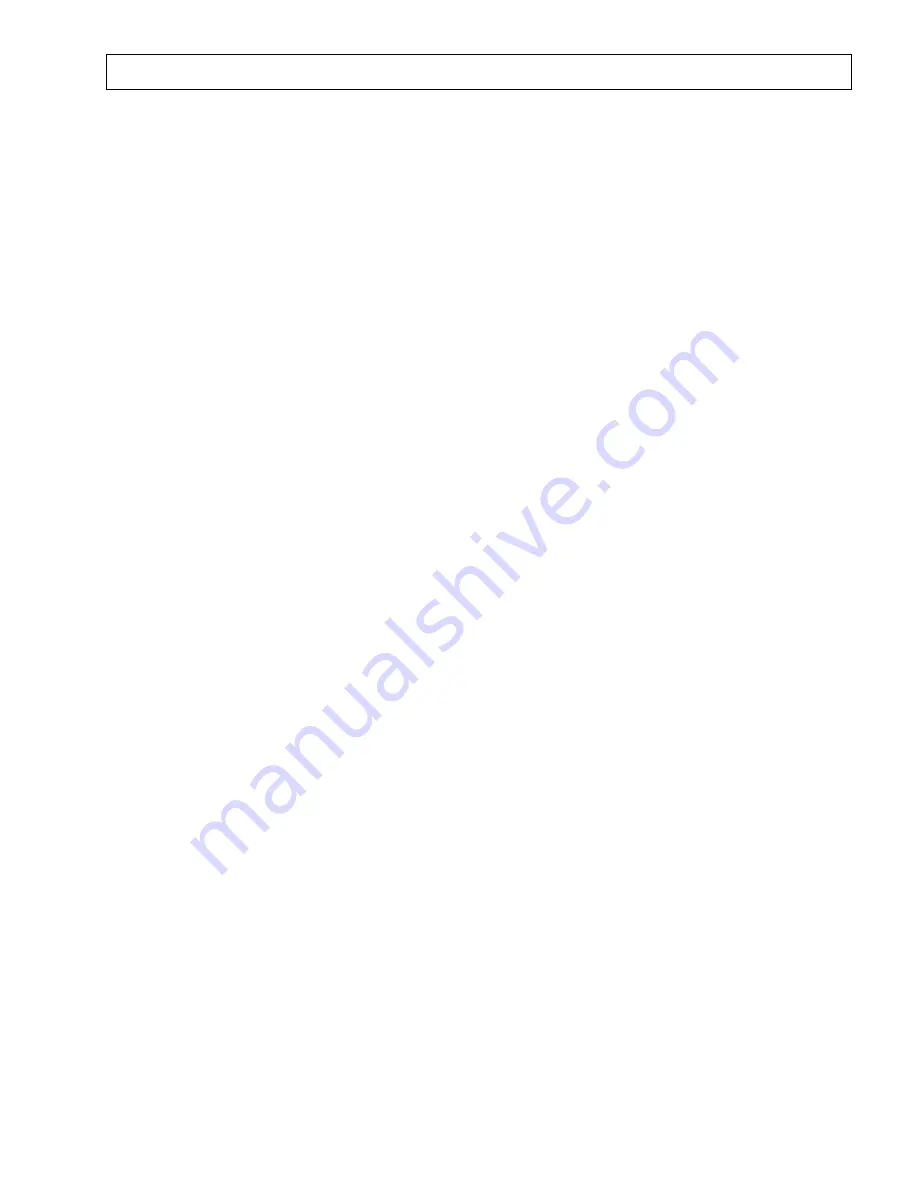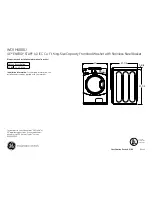
Summary of Important Safety Information
70
•
Connection/disconnection sequence.
ALWAYS connect and disconnect cables to the correct
battery terminals in the proper sequence:
o
When CONNECTING the battery, connect the RED cable to the POSITIVE terminal FIRST.
o
When DISCONNECTING the battery, disconnect the BLACK cable from the NEGATIVE terminal
FIRST.
•
Acid/skin contact.
If battery acid contacts skin or clothing, flush immediately with water and
neutralize with baking soda.
Installation / Initial Set-up
•
Level, heat-resistant surface
. Situate pressure washer on a firm, level, and heat-resistant surface
with good drainage. Ensure it sits level and will not slide or shift during operation. Block wheels to
prevent movement.
•
Prevent carbon monoxide poisoning
–
Use outside only!
Exhaust fumes from both the engine and
the burner contain carbon monoxide (CO), a poisonous gas you cannot see, smell, or taste. The CO
generated by the pressure washer can rapidly accumulate, even in areas that appear to be well
ventilated, resulting in dangerous and fatal concentrations within minutes. To prevent dangerous
CO build-up:
•
ONLY use pressure washer outdoors and at least 20 feet from the home, away from windows,
vents, and air intakes, to allow proper ventilation. If you start to feel sick, dizzy, or weak while
using the pressure washer, shut off the engine and get to fresh air RIGHT AWAY.
•
NEVER run pressure washer in an enclosed or partially enclosed location such as a building,
garage, shed, or vehicle. Running a fan or opening windows will not provide adequate
ventilation to prevent dangerous CO build-up.
•
Adequate ventilation
. The pressure washer needs adequate, unobstructed flow of air to allow for
proper combustion and cooling. Situate so there is adequate clearance around pressure washer to
allow for airflow
–
at least 7’ from any non
-combustible wall or obstruction. Never place any
objects against or on top of pressure washer.
•
CO alarms
. Ensure that working, battery-operated or battery back-up carbon monoxide alarms are
used in any dwelling/structure that is in close proximity to the running pressure washer.
•
Hot exhaust - fires
. Exhausts from engine and burner can be extremely hot and cause fire. Position
pressure washer so engine
and burner exhausts are at least 7’ away from combustible objects during
operation.
•
Spark arrestor usage
. Equip engine with a spark arrestor if pressure washer will be used near any
ignitable forest, brush, or grassy land. See th
e “Specifications” sect
ion of this manual to determine
if your pressure washer is already equipped. In such conditions, make sure you comply with
applicable local, state and federal codes.
Fuel Safety
Gasoline is highly flammable and explosive; and burner fuels are combustible at warm temperatures.
You can be burned or seriously injured when handling fuel. Use extreme care when handling fuel,
including these preventative measures:
•
Fuel outdoors
. Fill fuel tank outdoors
–
never indoors. Fuel vapors can ignite if they collect inside
an enclosure. Explosion can result.
•
Use approved container
. Never pump fuel directly into fuel tank at gas station. Static charge can
build and ignite fuel. Use an UL approved fuel container to transfer fuel to the engine.
•
Running / hot engine
. A hot engine or burner is hot enough to ignite fuel. Never add fuel or
remove fuel cap if engine or burner are running or still hot. Allow engine to cool at least two
minutes before adding fuel.
•
Heat / flames / sparks
. Stay away from sources of heat, flame, or sparks while adding fuel.
•
Don’t overfill
. DO NOT overfill the fuel tank. Allow at least 1/2” of empt
y space below the fill
neck to allow for fuel expansion.
•
Replace cap
. Replace fuel cap securely before starting engine.









































